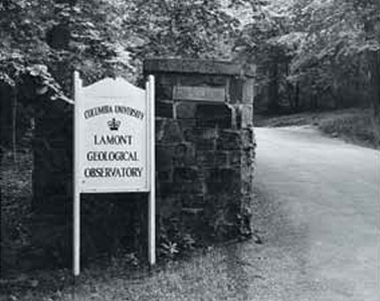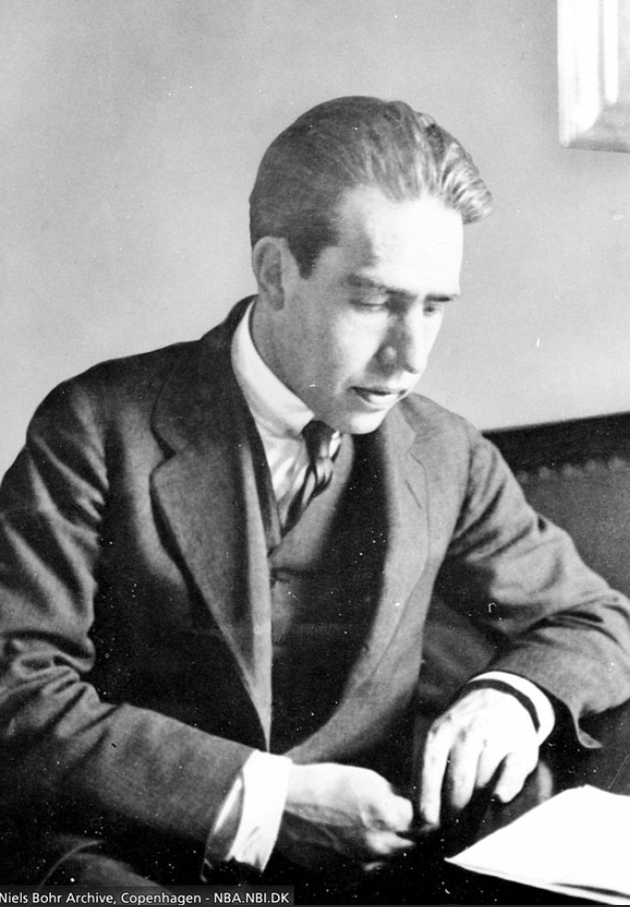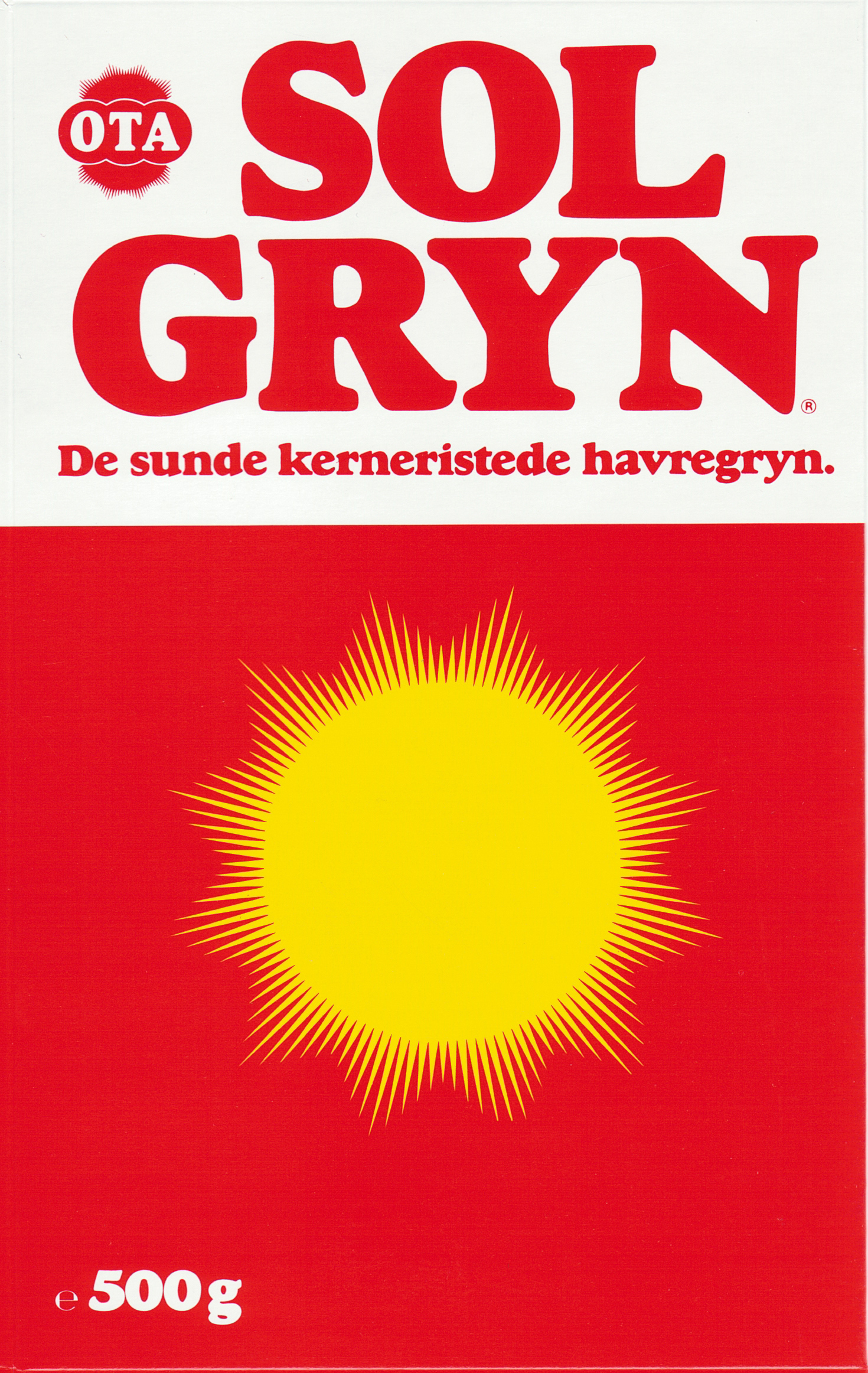The last years at the institute
Inge Lehmann is increasingly strained in her work and with colleagues at the Geodetic Institute and her relationship with the greatest scientist of that age, Niels Bohr, is not the best. Perhaps the disappointment in Denmark is too great or perhaps foreign lands are calling when she decides to retire early in 1953.

World War II breaks out not long after the publication of P' and this means that the seismological stations in Greenland come under American control. It becomes difficult to maintain contact with international colleagues and in terms of research it is a flat time for Inge Lehmann and seismology.
The only real man
After the war, she can resume her international connections and the success of P' and the discovery of the Earth’s inner core in 1936 means, among other things, that Inge Lehmann can now work as a lecturer all over the world.
The Australian-American professor of seismology Bruce Bold later characterises Inge Lehmann as an absolutely central figure for international seismology in the period after P'.
"You have no idea how many incompetent men I have had to compete with ...
Inge Lehmann to her nephew
But back at the institute her relationship with the director Niels E. Nørlund gets worse and worse.
They both have big personalities and Lehman, in particular, is no diplomat. For example, it can hardly be well received that she refers to herself as “the only real man in the place”.
All in all, Inge Lehmann has an increasingly strained relationship with the Geodetic Institute and 25 years later – in 1978 - when she is asked to write an article for a festschrift in celebration of the institute’s 50th anniversary, she flatly refuses.
Invitation to the United States

In 1951, Maurice Ewing from the Lamont Geological Observatory in New York visits Inge Lehmann and the seismological stations in Copenhagen.
He invites her to Lamont, where she will help research a new surface wave called Lg.He is a close friend and values her unique talent in reading seismograms.
Inge Lehmann leaves the following year, in 1952, and spends several months busily occupied with describing the new wave and she brings European seismograms to compare with the American observations.
Recognition
In this way, she demonstrates significant variations in the European and American measurements and it turns out to reflect differences in the Earth’s upper mantle beneath the continents.
In the United States, Inge Lehmann experiences recognition in a way that she is not used to back home in Denmark. Seismology had been an entirely new field when she started as Denmark’s first seismologist 27 years earlier, but by the early 1950s the field was established and they realised, the Americans in particular, how valuable seismological studies could be in relation to researching, among other things, subterranean nuclear tests.
Inge Lehmann is treated like a queen in the United States. She travels by military aircraft and Maurice Ewing does everything to get her over there and make sure she has a good stay.

Was she slighted?
The story goes that Inge Lehmann applies for a position as a professor of geophysics at the University of Copenhagen the same year as the trip to the United States, in 1952 – but she is passed over.
Perhaps it is because she is a woman or perhaps it is because at 64 she is too old and too close to retirement – which in any case is the official explanation from the Niels Bohr Archive.
In any case, it is Bohr’s candidate that is chosen and the relationship between the great researchers, Inge Lehmann and Niels Bohr, remains unclear.
But by the following year, she had at least had enough of her work and the Geodetic Institute and in 1953 she stops as state geodesist and retires – five years early.
 In her summerhouse in Holte, Inge Lehmann created a comprehensive system of OTA Solgryn packages, where she kept her seismograms and measurements.
In her summerhouse in Holte, Inge Lehmann created a comprehensive system of OTA Solgryn packages, where she kept her seismograms and measurements.
Filled with oatmeal packets
Inge Lehmann’s nephew, Niels Groes, who makes many trips to the summerhouse:
“I can remember Inge one Sunday in her beloved garden on Søbakkevej ... at a large table filled with oatmeal packages. In the packages were maps with information about earthquakes and the times they were registered all over the world. This was before there were computers, but the system was the same,” he recalls, adding:
“With her maps and oatmeal packages, Inge registered the speed of the spread of earthquakes around the world. It was against this background that she created new theories about the Earth’s interior,” explains Niels Groes.
